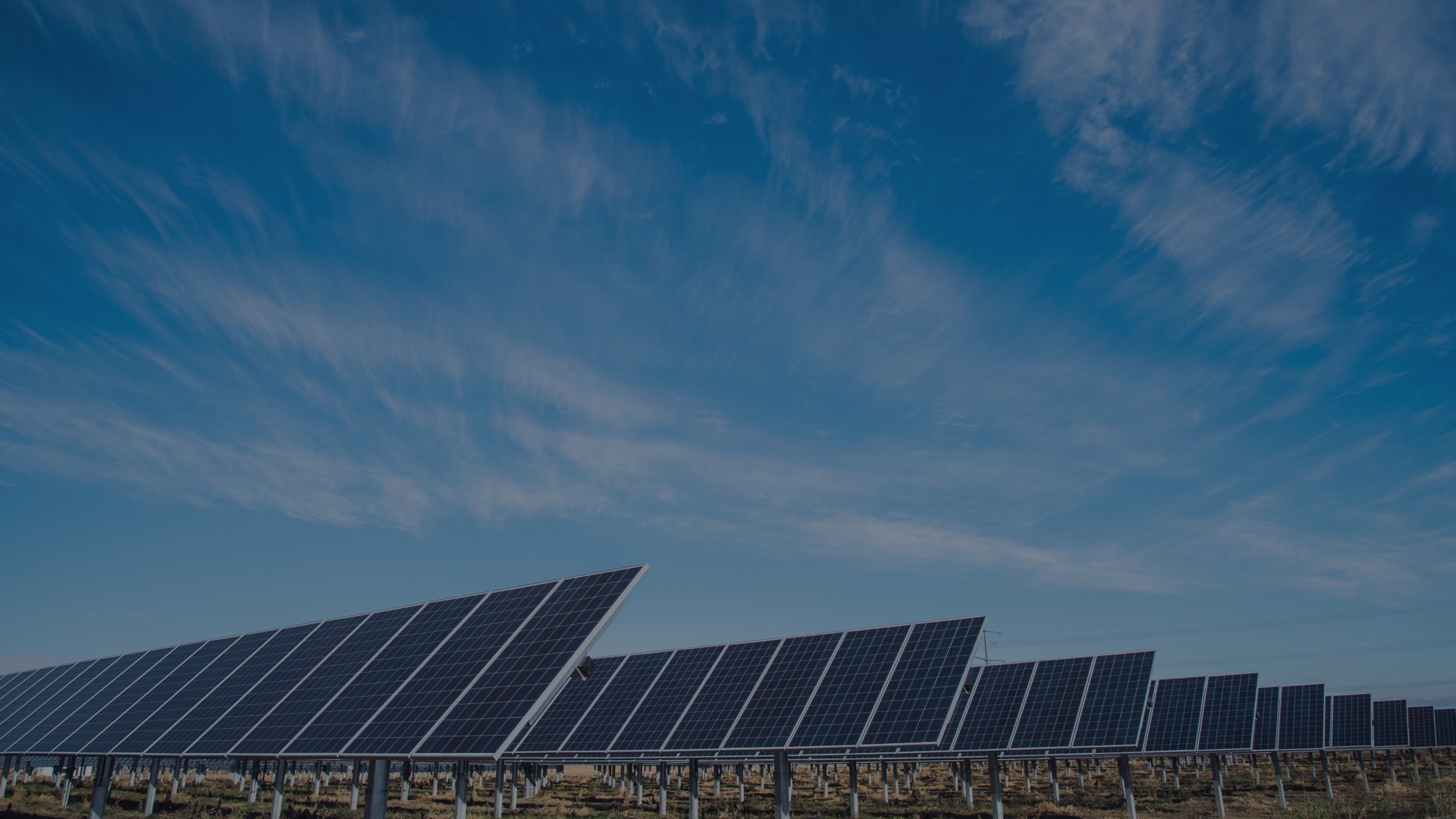The North Somerset Council has called for residents to submit their views on solar farm developments in the area.
A request for local opinions on large-scale projects such as solar farms has been made following new policy to guide these developments in the region. The council opened the document up for public consultation and has now made a revised version of the initial planning guidelines.
The new document reflects the views made by 55 people commenting on the earlier policy. One area in particular that the new guidance focuses on, is public visibility. According to the council, all solar farm schemes should avoid areas that are undeveloped and instead be located on previously developed, contaminated or industrial lands.
Furthermore, the council has recommended that solar PV panels would be more favourable if located on the top of existing roofs or integrated into the roofs of new buildings. For example, the council has identified car parks, park and ride sites and railway stations as areas where the technology can be installed.
“Any potential ‘greenfield’ PV site should seek to complement existing development and land management around panels will be required," the council said in its most recent solar planning document.
"Agricultural uses such as sheep grazing, keeping chickens etc. are likely to be the most sustainable and effective measure. Solar PV arrays should avoid landscapes designated for their natural beauty or historic interest and sites of recognised ecological and archaeological importance.”
The council also suggested that "glint and glare" assessments should be conducted before large panel schemes are installed, to ensure there is little disruption to local residents and that bright, reflected light doesn't cause any safety issues.
Five significant factors should be taken into account when considering solar developments, the council has said. These are: whether the panels are located on agricultural land or green belt areas; if they have any visual impact on the landscape; opportunities for biodiversity; the historic environment, and whether or not they pose flood risk.
